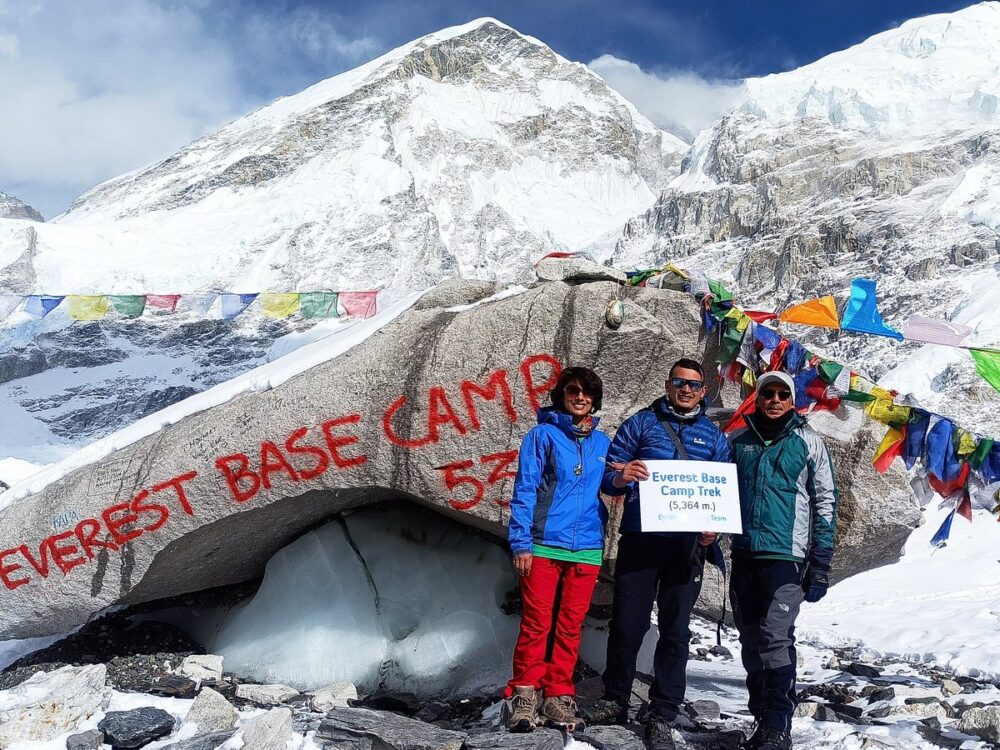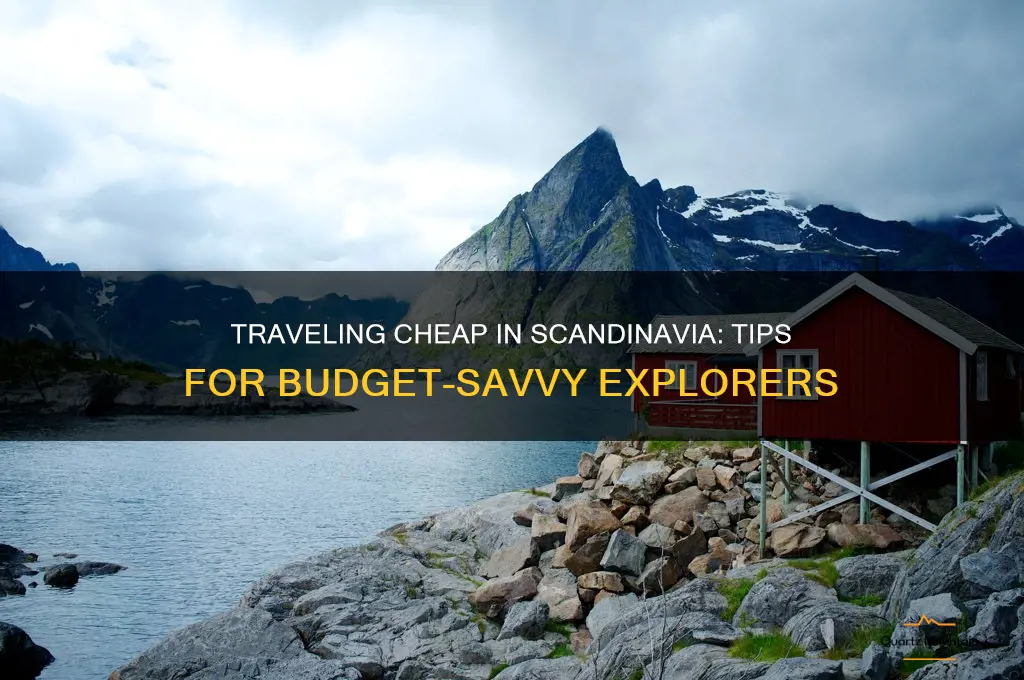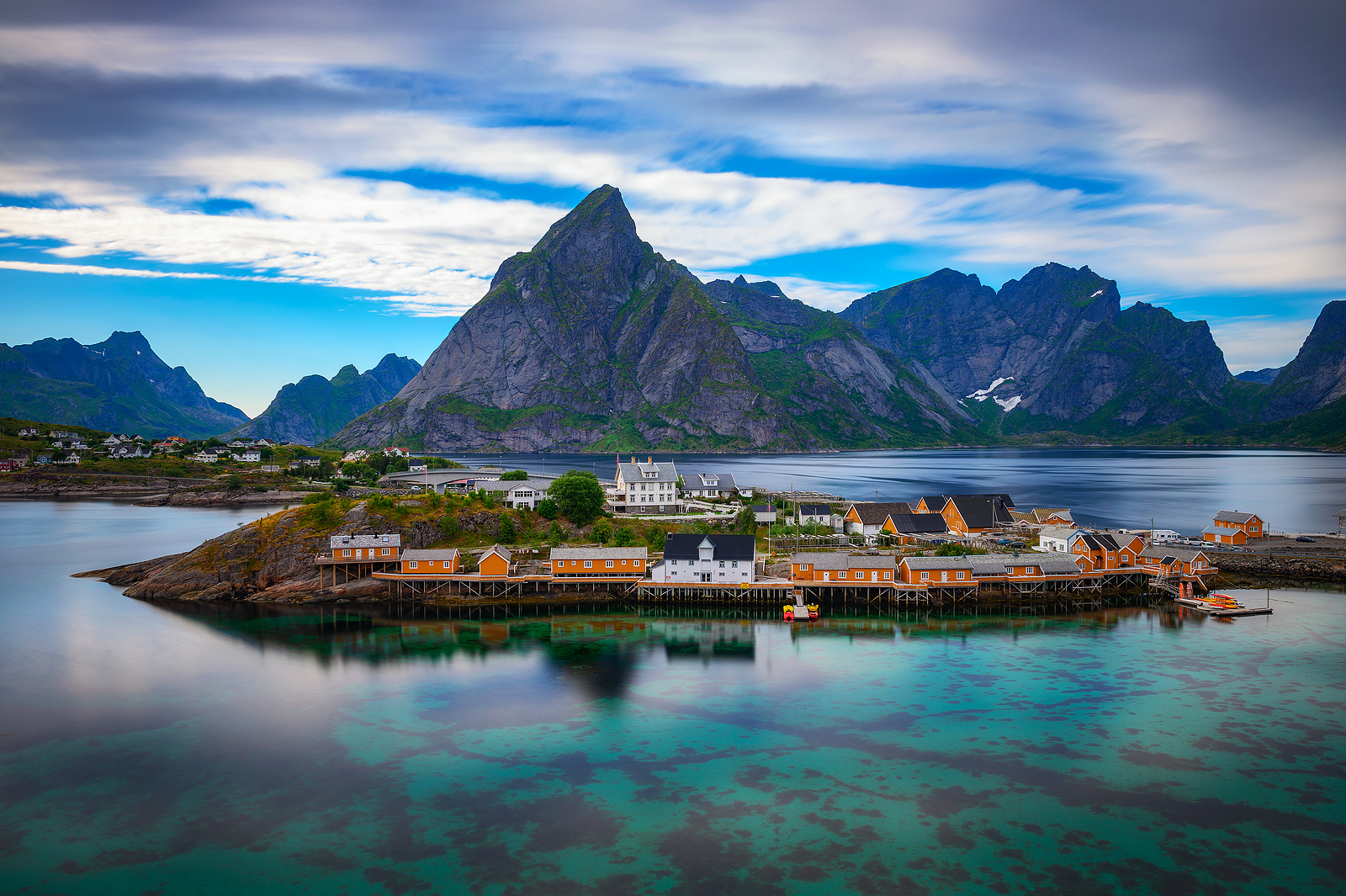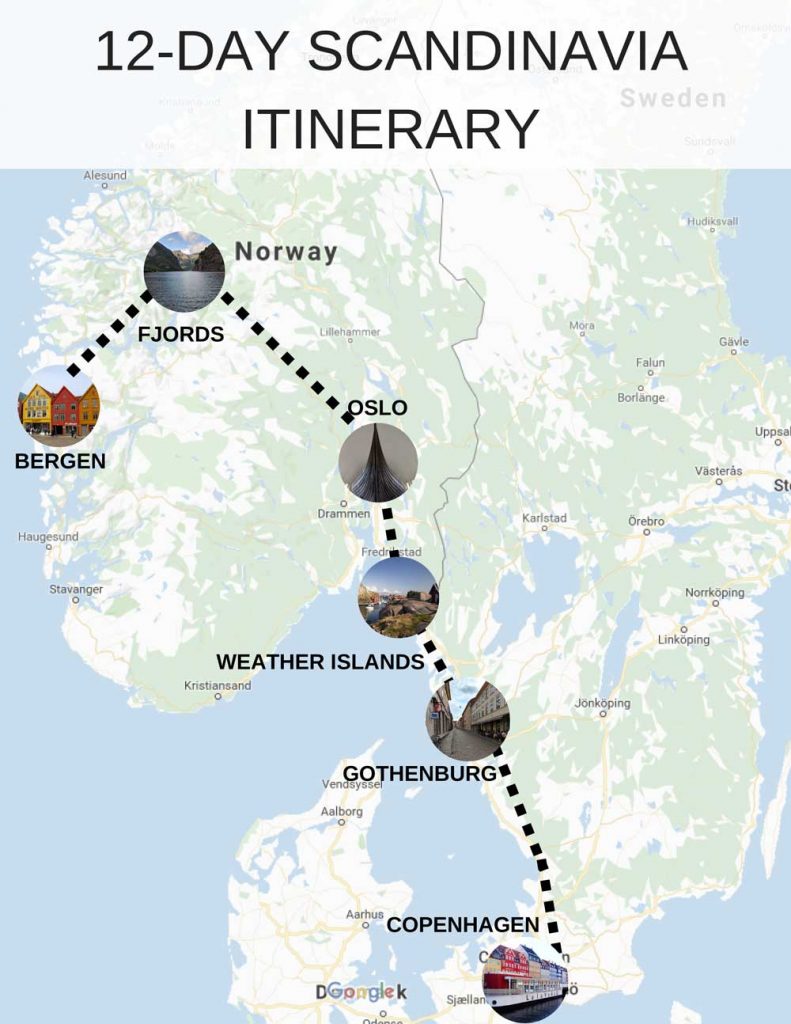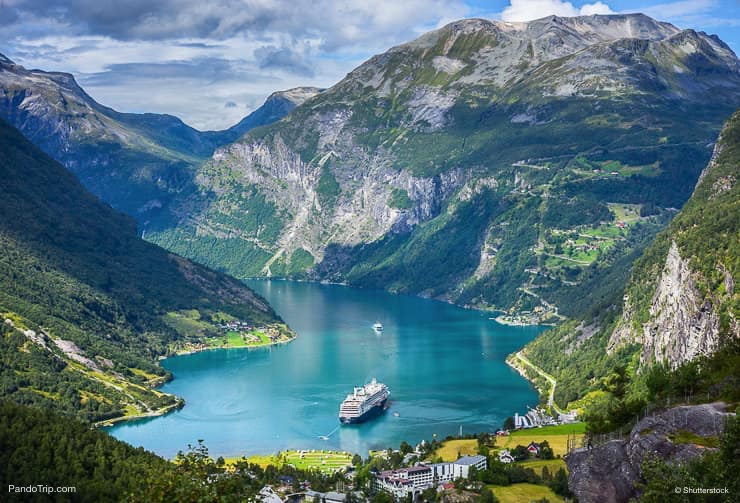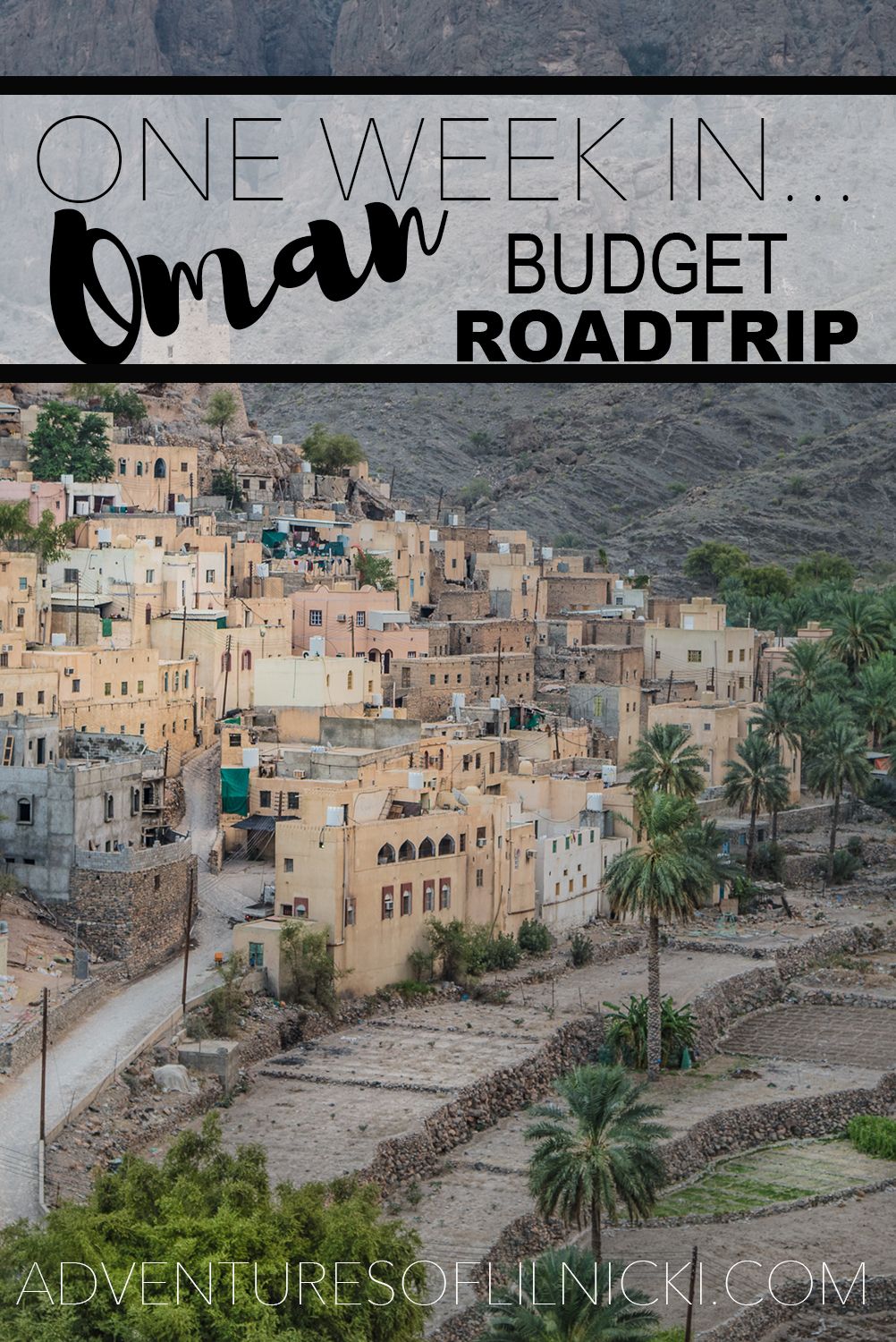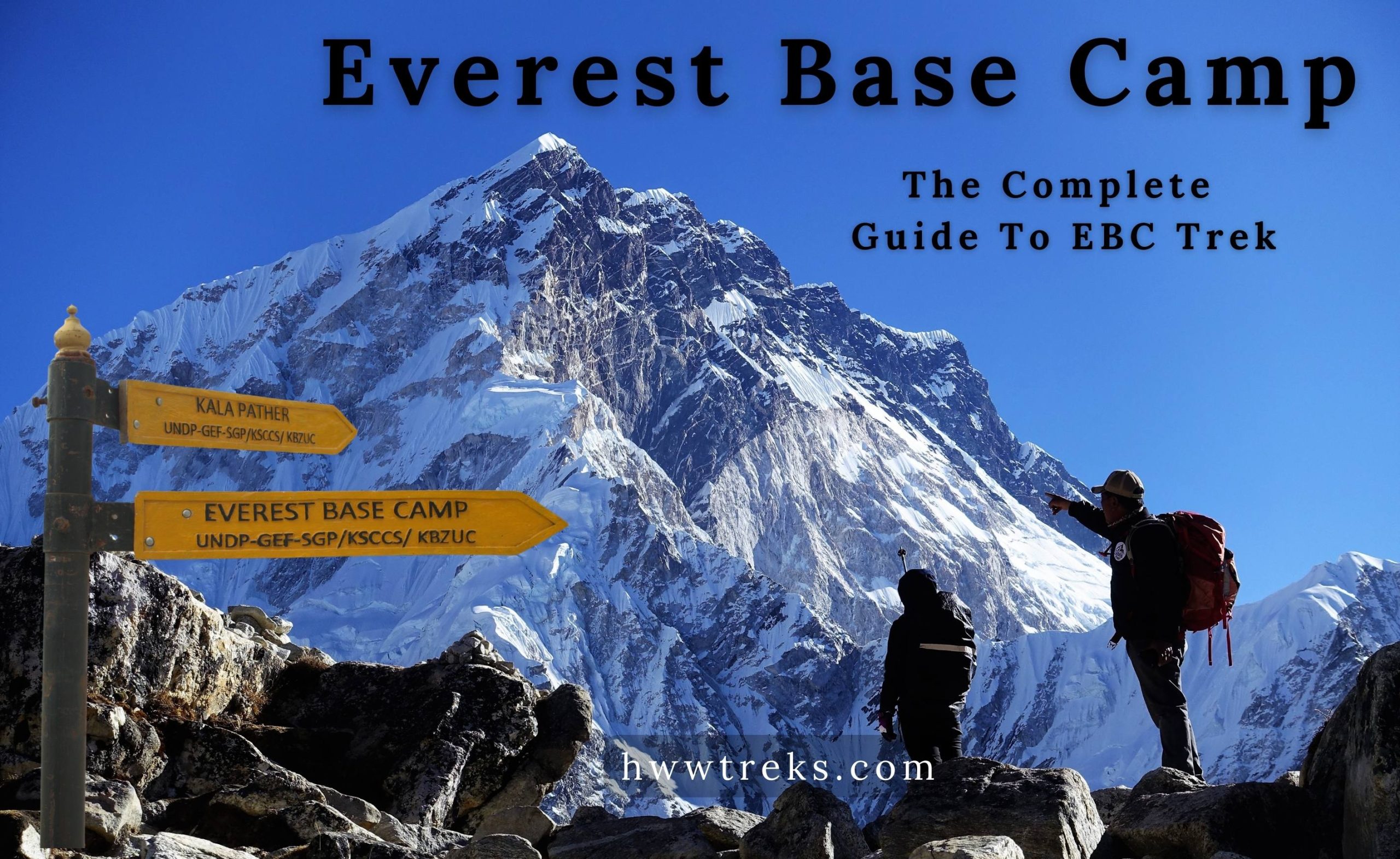
Mount Everest, the colossal sentinel of the Himalayas, casts a spell on adventurers and dreamers alike. While summiting the world’s highest peak remains the preserve of elite mountaineers, trekking to Everest Base Camp (EBC) offers a more accessible, yet equally awe-inspiring, experience. This journey plunges you into the heart of the Sherpa culture, amidst breathtaking landscapes, and allows you to stand at the foot of the legendary mountain, a testament to human ambition and the raw power of nature.
This guide provides a comprehensive overview of the EBC trek, covering its rich history, key attractions, essential travel tips, optimal timing, nearby accommodations, local culinary delights, and various transportation options to help you prepare for the adventure of a lifetime.
A Glimpse into History:
Related Articles about Conquering the Dream: A Comprehensive Guide to Everest Base Camp:
- Ascending the Icon: Your Ultimate Guide to Experiencing the Eiffel Tower
- Colombo: A Tapestry of Time, Taste, and Tropical Charm
- Indonesia: An Archipelago of Wonders – Your Ultimate Guide to Exploring This Tropical Paradise
- Riyadh: A Journey Through Time and Tomorrow
- Tanzania: A Traveler’s Paradise – Your Ultimate Guide
The story of Everest Base Camp is inextricably linked to the history of mountaineering on Everest itself. Early expeditions in the 1920s, like the ill-fated Mallory and Irvine attempt in 1924, pioneered routes and established preliminary base camps. However, it was the 1953 British expedition, led by Sir John Hunt, that etched EBC into history. This expedition, which saw Sir Edmund Hillary and Tenzing Norgay successfully reach the summit, solidified the South Col route (accessed from Nepal) as the primary path to the top.
Over the decades, EBC evolved from a rudimentary campsite to a more established, albeit temporary, settlement. It serves as a crucial staging ground for climbers, housing equipment, supplies, and support staff during the climbing season. The camp’s location shifts slightly each year due to the movement of the Khumbu Glacier on which it sits. Today, EBC is not only a logistical hub for expeditions but also a popular destination for trekkers, offering a unique opportunity to witness the preparations and dedication required for a summit attempt.
Main Attractions Along the EBC Trek:
The journey to EBC is as captivating as the destination itself. Each day unveils new vistas and cultural encounters, making it an unforgettable experience. Here are some of the key highlights:
-
Lukla Airport (Tenzing-Hillary Airport): Often cited as one of the most dangerous airports in the world, the thrilling flight to Lukla marks the official starting point of the trek. The short, sloping runway nestled amidst the mountains is an adventure in itself.
-
Namche Bazaar: This vibrant Sherpa town is the unofficial capital of the Khumbu region. It’s a bustling hub for trekkers and locals, offering acclimatization opportunities, shops selling trekking gear and souvenirs, and stunning views of Everest and other Himalayan giants.
-
Tengboche Monastery: Perched on a ridge overlooking the Dudh Koshi River, this iconic monastery is the largest in the Khumbu region. Witnessing the monks’ rituals and prayers amidst the serene surroundings is a truly spiritual experience.
-
Dingboche: This picturesque village, surrounded by terraced fields and towering peaks, is another popular acclimatization spot. The views of Ama Dablam from here are particularly breathtaking.
-
Lobuche: A small settlement along the Khumbu Glacier, Lobuche offers basic accommodation and serves as a resting point before the final ascent to EBC.
-
Gorak Shep: The last inhabited settlement before EBC, Gorak Shep offers limited lodging options. From here, trekkers embark on the final push to Everest Base Camp and Kala Patthar.
-
Everest Base Camp (5,364m/17,598ft): Standing at the foot of the world’s highest mountain is an indescribable feeling. While the actual summit remains out of reach for most, simply being in the presence of Everest is a profound experience.
-
Kala Patthar (5,545m/18,192ft): This iconic viewpoint offers arguably the best panoramic views of Mount Everest, along with Lhotse, Nuptse, and other surrounding peaks. The challenging climb to Kala Patthar is rewarded with an unparalleled spectacle.
Essential Travel Tips for a Successful EBC Trek:
-
Physical Fitness: The EBC trek is challenging, requiring a good level of physical fitness. Begin training several months in advance with activities like hiking, running, and strength training.
-
Acclimatization: Altitude sickness is a serious concern at high altitudes. Ascend gradually, allowing your body time to adjust to the thinning air. Include acclimatization days in your itinerary and listen to your body. Drink plenty of water and avoid alcohol and smoking.
-
Permits and Visas: Obtain the necessary permits and visas well in advance. You’ll need a TIMS (Trekkers’ Information Management System) card and a Sagarmatha National Park entry permit.
-
Travel Insurance: Ensure you have comprehensive travel insurance that covers high-altitude trekking, medical emergencies, and evacuation.
-
Packing Essentials: Pack light but smart. Include warm layers, waterproof outerwear, sturdy trekking boots, a comfortable backpack, a headlamp, sunscreen, sunglasses, and a first-aid kit.
-
Hiring a Guide and Porter: While it’s possible to trek independently, hiring a guide and porter can significantly enhance your experience. A guide provides valuable knowledge of the region, helps with navigation, and can assist in case of emergencies. A porter carries your luggage, allowing you to focus on enjoying the trek.
-
Respect Local Culture: The Khumbu region is home to the Sherpa people, who have a rich cultural heritage. Dress respectfully, ask permission before taking photos, and be mindful of local customs and traditions.
-
Stay Hydrated and Eat Well: Drink plenty of water throughout the trek to prevent dehydration. Tea houses along the route offer basic meals, but it’s a good idea to carry snacks like energy bars, nuts, and dried fruit.
-
Be Prepared for the Weather: The weather in the Himalayas can be unpredictable. Be prepared for sudden changes in temperature, rain, and snow. Pack layers of clothing that you can easily add or remove.
-
Learn Basic Nepali Phrases: Knowing a few basic Nepali phrases, such as "Namaste" (hello) and "Dhanyabad" (thank you), can go a long way in showing respect and connecting with the local people.
Best Time to Visit Everest Base Camp:
The best time to trek to EBC is during the spring (March to May) and autumn (September to November) seasons. These months offer clear skies, moderate temperatures, and stable weather conditions.
-
Spring (March to May): This is the peak climbing season on Everest, and the atmosphere at EBC is electric. The weather is generally mild, and the rhododendrons are in full bloom, adding vibrant colors to the landscape.
-
Autumn (September to November): This is another popular trekking season, offering clear skies and crisp air. The monsoon rains have subsided, and the views are spectacular.
Trekking during the winter (December to February) and summer (June to August) months is possible but more challenging. Winter brings extremely cold temperatures and heavy snowfall, while summer is the monsoon season, with frequent rain and limited visibility.
Nearby Hotels and Tea Houses:
Accommodation along the EBC trek is primarily in tea houses, which are basic guesthouses offering simple rooms and meals. Expect twin-bedded rooms with shared bathrooms. As you ascend in altitude, the quality and availability of accommodation can decrease.
In Lukla and Namche Bazaar, you’ll find a wider range of hotels, including more comfortable options with private bathrooms and hot showers. Some popular hotels in these areas include:
- Lukla: Hotel Everest Summit Lodges, Yeti Mountain Home Lukla.
- Namche Bazaar: Hotel Everest View, Yeti Mountain Home Namche.
Tea houses along the trek are generally named after the villages they are located in. Popular tea houses include:
- Phakding: Buddha Lodge
- Monjo: Everest Summit Lodge
- Dingboche: Hotel Bright Star
- Lobuche: Alpine Lodge
Local Food and Culinary Delights:
The food along the EBC trek is simple but nourishing. Dal Bhat (rice, lentil soup, and vegetables) is a staple, providing a hearty and energy-rich meal. Other common dishes include noodles, momos (dumplings), and Thukpa (noodle soup).
While meat options are available, it’s best to stick to vegetarian dishes, as meat can be poorly stored and may cause stomach problems. Bottled water is available for purchase, but it’s more environmentally friendly to use a water purification system or bring your own reusable water bottle.
Transportation Options:
- Kathmandu to Lukla: The most common way to reach Lukla is by plane from Kathmandu. Several airlines operate daily flights to Lukla, but cancellations are frequent due to weather conditions. Consider booking your flight well in advance and allowing for flexibility in your itinerary.
- Alternative to Lukla Flight: If flights to Lukla are cancelled or you prefer a more adventurous option, you can take a jeep from Kathmandu to Salleri or Phaplu and then trek to Lukla. This option adds several days to the trek but allows you to experience more of the region.
- Transportation within the Khumbu Region: Within the Khumbu region, the only mode of transportation is trekking on foot. Porters and yaks are used to transport goods and supplies.
Conclusion:
The Everest Base Camp trek is an unforgettable adventure that combines stunning natural beauty with rich cultural experiences. By following these tips, you can prepare for a safe, enjoyable, and rewarding journey to the foot of the world’s highest mountain. Remember to respect the environment, embrace the local culture, and cherish every moment of this incredible experience. The Himalayas are calling, are you ready to answer?
